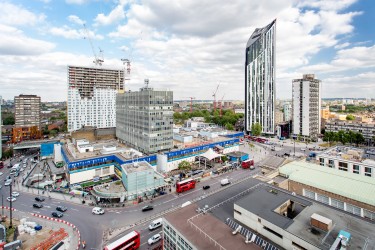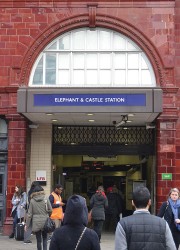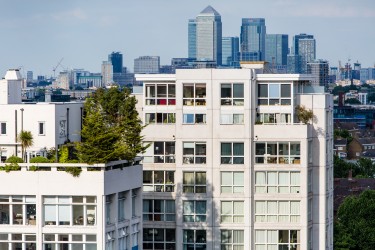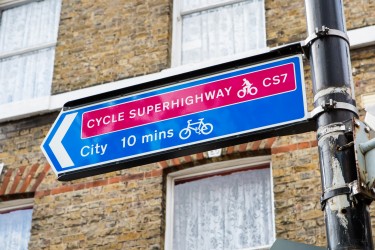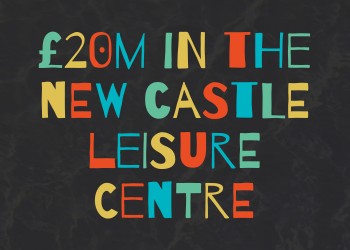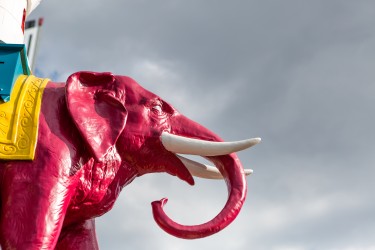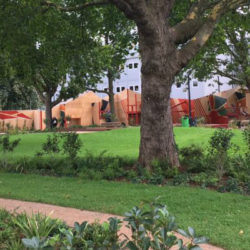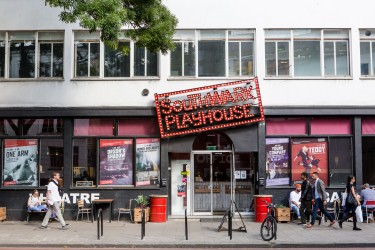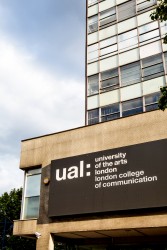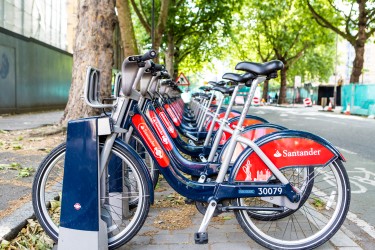The Elephant and Castle regeneration is happening at a time of tremendous growth for London as a whole. The city is constantly evolving, but now, more than ever, it’s undergoing significant change; a response in part to its place as a thriving capital city, a growing economy and an expanding population. 10m people are forecast to live here by 2030.
Making space for this growing population means fitting more into our urban fabric
Making space for this growing population means fitting more into our urban fabric. This means new homes, places to work and all the things that improve our quality of life. It includes good transport links, schools, sports centres, shops and attractive open spaces in which to spend time and enjoy ourselves.
At the same time, the way we plan our city has changed dramatically since the 1960s, when post-war planners placed too much importance on the motor vehicle. The result for Elephant and Castle was an area dominated by the car – where pedestrians were often relegated to walkways in the sky or subterranean passages.
It’s against this background that Elephant and Castle is being regenerated. Large parts of the area no longer fulfil the purpose for which they were built. The neighbourhood needs more homes, employment space and amenities suited to the modern economy and the way we live today.
The Mayor of London’s London Plan (a strategic document that determines how London should be planned and developed) recognises Elephant and Castle as an Opportunity Area with a potential for growth that should be encouraged. It is one of three Opportunity Areas in Southwark alongside Old Kent Road and Canada Water.
Over the past decade, Southwark Council, The Mayor and Greater London Authority and Transport for London have all worked together to plan and implement improvements to the area. They’ve combined forces with others, including developers, housing associations, the community and local institutions (including the two universities) to revitalise the neighbourhood’s building stock, roads and public spaces as a part of a wider vision to create a better London.
